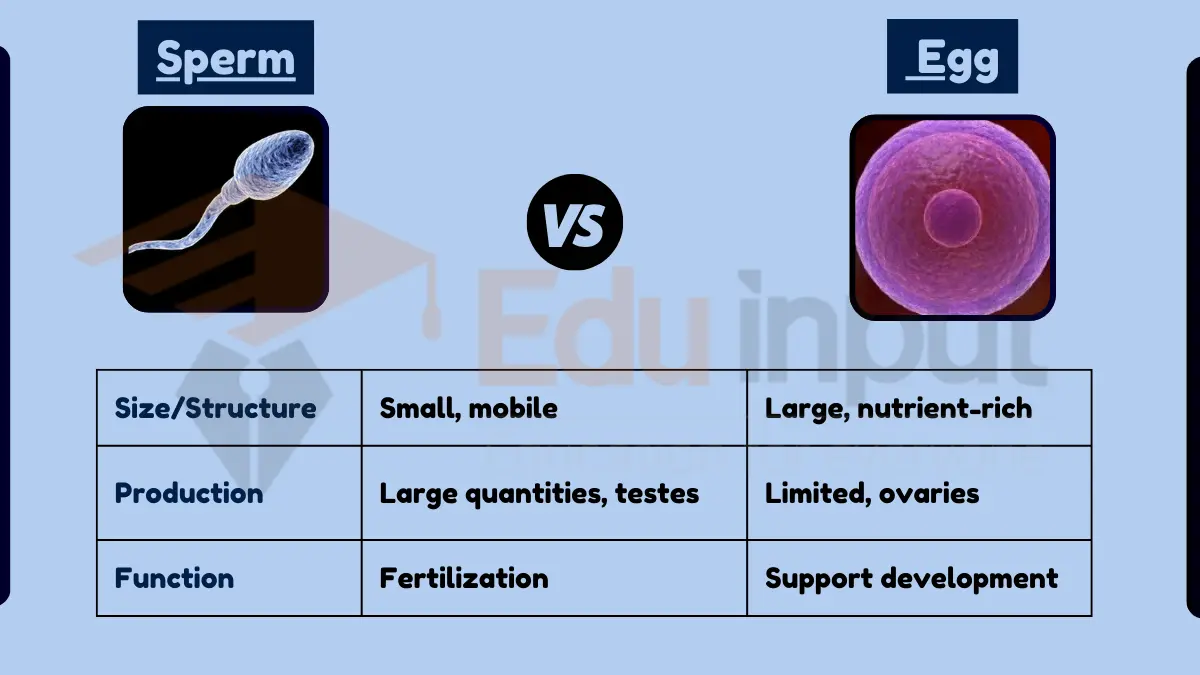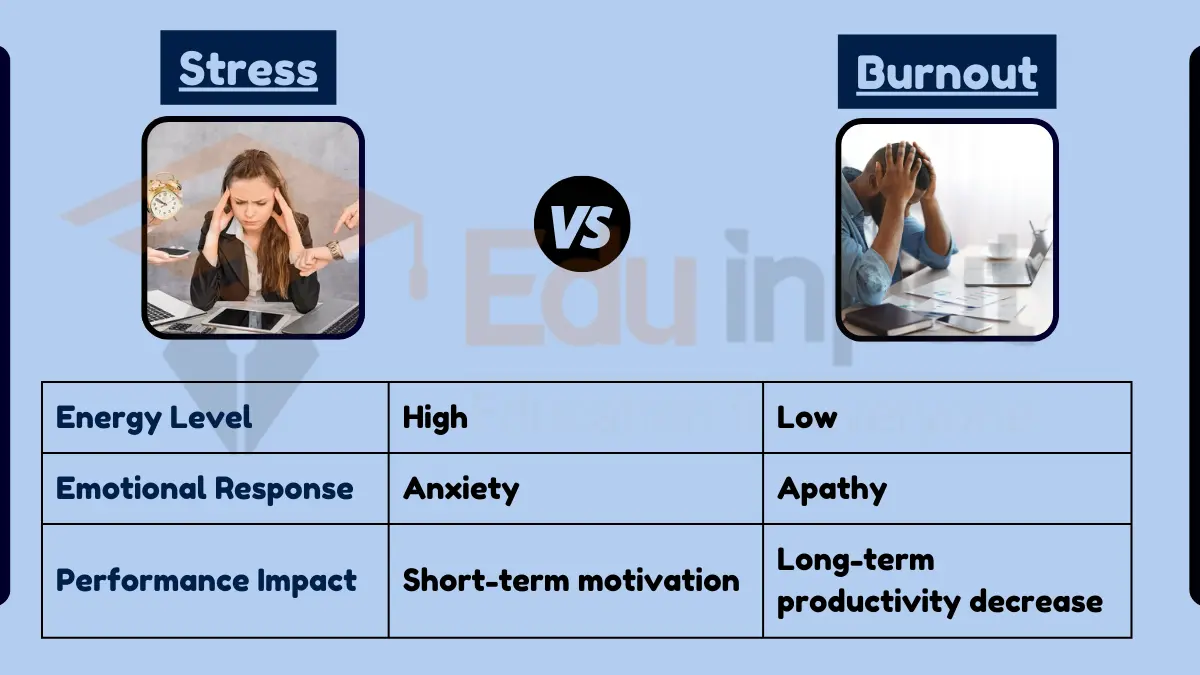Difference Between Chemotaxis and Diapedesis
Key Difference: Chemotaxis and diapedesis are both key processes in the immune system response, but they serve different functions in the movement and activity of immune cells. Chemotaxis is the movement of cells towards the source of certain chemicals in response to a concentration gradient. This process is essential for immune cells, like leukocytes, to locate the site of infection or inflammation by following the signals of chemical attractants. Diapedesis, on the other hand, is the process by which these cells, particularly leukocytes, move out of the blood vessels and into the tissues where they are needed. It involves the cells changing shape to squeeze through the endothelial cells of the blood vessel walls.
Comparative Analysis:
- Function in Immune Response:
- Chemotaxis: Cellular movement directed by chemical gradients towards infection or injury sites.
- Diapedesis: Movement of cells from the bloodstream into the surrounding tissues.
- Mechanism:
- Chemotaxis: Directed movement following chemical signals.
- Diapedesis: Physical passage of cells through the blood vessel wall.
- Cellular Processes Involved:
- Chemotaxis: Cell signaling, orientation, and locomotion.
- Diapedesis: Cellular deformation, interaction with endothelium.
- Role of Cells:
- Chemotaxis: Performed by various cell types, including immune and cancer cells.
- Diapedesis: Primarily involves leukocytes.
- Biological Importance:
- Chemotaxis: Crucial for initiating an immune response.
- Diapedesis: Essential for the deployment of immune cells to affected tissues.
Table Summary of Chemotaxis vs Diapedesis
| Feature | Chemotaxis | Diapedesis |
|---|---|---|
| Function | A movement toward chemical signals | Movement out of blood vessels |
| Mechanism | Chemical gradient orientation | Cellular passage through vessel walls |
| Processes | Signaling, movement | Deformation, endothelial interaction |
| Cells Involved | Various, including immune cells | Mainly leukocytes |
| Importance | Initiating immune response | Deploying immune cells to tissues |







Leave a Reply